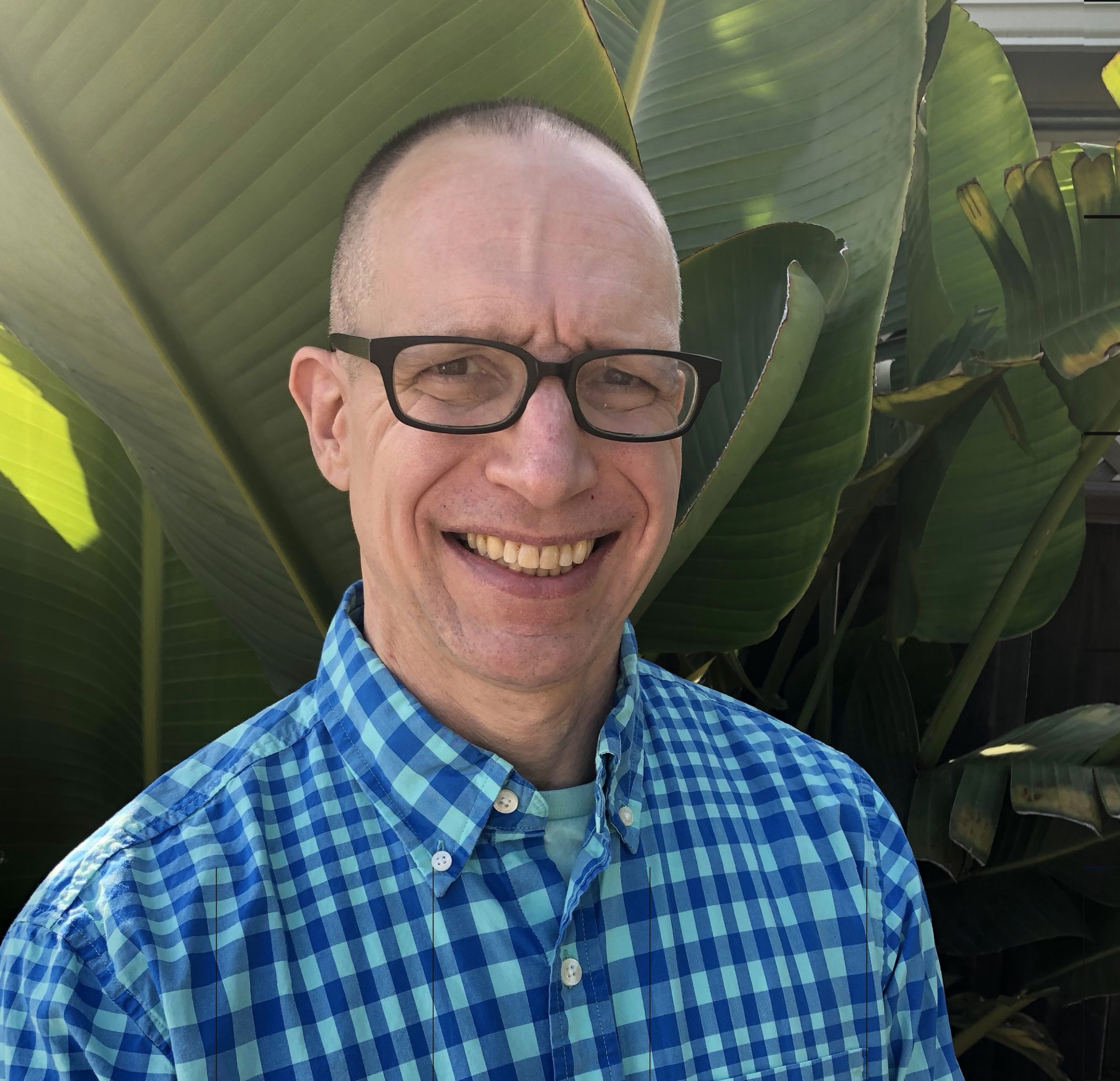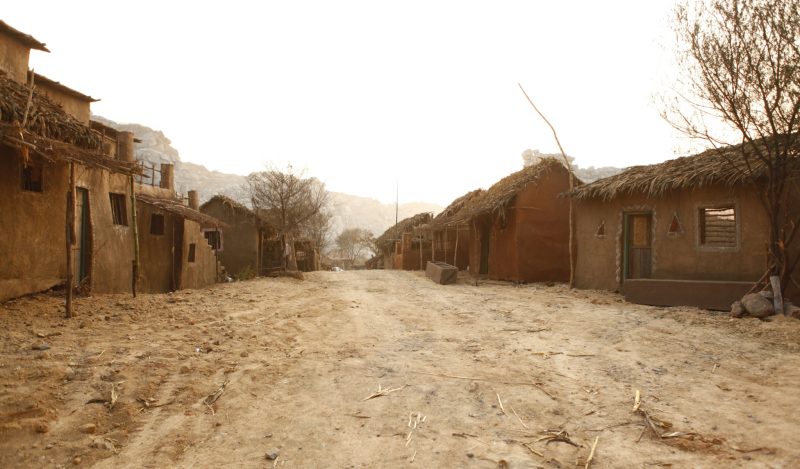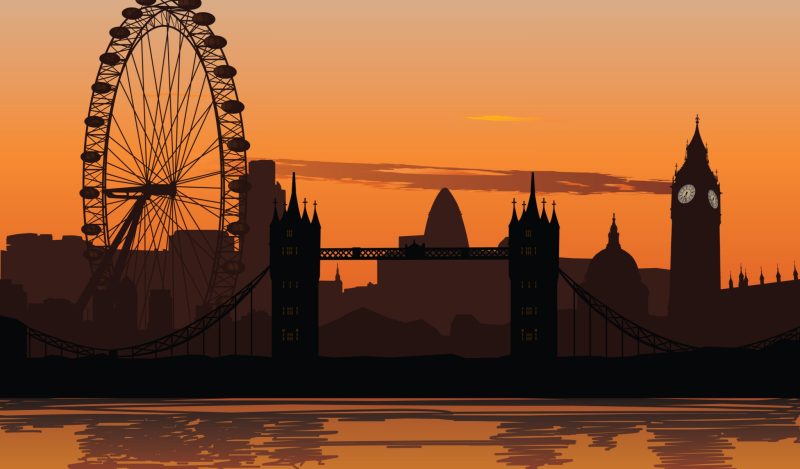Last year, cartoons began to appear depicting an endless cycle of variants and government responses. They call to mind the definition of insanity (misattributed to Einstein) as “doing the same thing over and over again and expecting different results.” Or perhaps the less well known line from a 1990s Stephen King miniseries “Hell is repetition.”
The direction of public health policy over the past two years has been difficult to understand. It may be a fool’s errand to use logic and reason for something that by design makes no sense. But coming at it as I do with no prior education in medicine or epidemiology, crude tools such as logic and common sense may still be useful: The basic principles of reality are true for all endeavors. For a plan to work, it must work within a finite time; for every on ramp, there must be an exit.
We started out with “Two weeks to flatten the curve.” If nothing else can be said in favor of this plan, credit must be given for how well it was explained. Pictures like this were clear enough. With my university-level education in math and physics, I understood that the area under the curve was expected to remain equal under both alternatives: the one with and the other without “precautions” (as the label in the diagram euphemistically refers to life under communism). The peak of the curve would be lower, at the cost of the epidemic being extended in duration.
While the plan might or might not work, it is possible to state the premise without contradicting laws of logic or common sense. The flattening plan does accept that nearly everyone will eventually be exposed and the contagion will exhaust itself. If the plan enables some people to delay their exposure, up to a point, that could buy doctors some time to better learn how to treat them. Or perhaps a miraculous vaccine will be introduced that would create sterilizing immunity and halt the outbreak in its tracks enabling those who had delayed to avoid infection entirely.
And doctors did learn how to treat the disease, but treatment is actively fought by the medical establishment. The FDA – the drug regulator in the US – tweeted you should only get treated for covid if you are a horse. Even today, you can get banned from social media for suggesting that it is possible to treat the disease. So any possible advantage in developing a treatment was wasted.
While the plan was clear, it was not guaranteed to work. Subtle effects could undermine the simple story told by the picture. Perhaps everyone staying at home will not help because people will get infected at home. Or perhaps too many people must leave home because essential critical infrastructure workers such as marijuana dispensaries must remain open to keep society running.
Some suggested then a policy that postpones population immunity would give the virus more time to mutate. Given enough time, people who were infected and have developed natural immunity to an earlier variant would face a virus sufficiently different that they might become infected again. Along these lines, biotech executive Vivek Ramaswamy and medical professor Dr Apoorva Ramaswamy MD, writing in the Wall Street Journal, question whether we should even try to slow the spread when “Speeding It May Be Safer.” Cognitive scientist Mark Changzi suggests “slowing the spread among the healthy not-at-risk, which just raises the frail’s chances of getting infected.” “Dr. Robert Malone and Dr. Geert Vanden Bossche, who have been asserting that you can’t vaccinate your way out of a pandemic for months” believe that vaccination during an outbreak accelerates the evolution of the virus away from the version targeted by the vaccine.
Quite likely the “precautions” did nothing to make the curve flatter. With the benefit of hindsight we can observe that outbreaks of the virus in proximate US states (or neighboring nations that are similar in size and demographics in other regions of the world) rise and fall side by side in cyclical surges, regardless of when or if efforts to slow the spread were made. There is no impact on the variability of any public health metric based on when a “precaution” was undertaken.
After the hospitalizations peaked and then declined to near zero in the spring of 2020, I naively expected that we had done what we could, and it was over. Whether we had flattened the curve, or, the virus did what it would have done anyway, was at that point irrelevant. Instead of ending the precautions, there was an unstated shift from the original strategy to a new one. Unlike the original, the new policy was not clearly explained. I suspect the reason is that it could not have been explained without it becoming obvious that it did not make any sense.
“Flatten the curve” assumes contagions come to an end – either through immunity or viruses burn themselves out for reasons we do not fully understand. All things come to an end. Even the plague of the Black Death ran out of gas before it wiped out the entire human race. If an outbreak ends when most of us have been exposed (and either died or developed immunity), how can slowing it down be said to save lives? Is it not the best we can hope for that some people are exposed and suffer the consequences later rather than sooner?
Evidence of the new reality appeared to me one day when I was stuck in a traffic jam, on a trip I (and many of my neighbors) made in violation of my locality’s “shelter in place” order. As I puzzled over this new reality, I noticed overhead digital signage (paid for by my governor’s massive ad spend on Covid propaganda), stating: “Stay at home: save lives.” This was the initial wave of a propaganda tsunami imploring us to “slow the spread.”
A story about a superspreader who went to a party and infected multiple people who subsequently died attributed the deaths to the careless person who probably did not wear a mask. Was there some alternate version of reality in which the dead partygoers lived out the rest of their natural life never being exposed to a virus to which they were vulnerable? Should the superspreader be held responsible for their exposure, or was it only a matter of time until the virus found them, one way or another?
Sanctimonious lockdowners heaped scorn and ridicule on countries that did not slow the spread. A small industry of curve-fitting explanations were offered to explain the “success stories:” they locked down, they wore face masks, they tested, they quarantined, they contact-traced, they social distanced. They did as they were told. They obeyed authority. And we should do likewise.
According to Dr. Anthony Fauci MD, it was the time for us ornery Americans to do as we were told. In retrospect every one of the virtuous nations had its own spike or two, or three, often after getting fully vaccinated, taking a victory lap, and dislocating both of their shoulders by patting themselves on the back overly vigorously.
Consider testing. Some virtuous nations tested. Based on the long lines of cars to get into the popup centers, the United States tested a lot too. When former president Donald Trump suggested that – perhaps – we were overtesting, he was subjected to enormous ridicule. Yet how could testing help slow the spread of a virus? By itself testing does nothing other than identify sick people.
Can a test do a better job at identifying sick people than they can do on their own simply by noticing whether they have symptoms? If testing once a week does not help, does testing twice a week? And if so, then why do we care about a test result, if asymptomatic people are not contagious? In reality testing produced too many false positives to be useful.
Testing could in theory help if combined with contact tracing and quarantines to isolate the infected people. Contact tracing was another ritual of the success stories – yet contact tracing could not possibly work if someone could be infected by coming within six feet of a sick person or walking down the same side of the street because the second-order contacts of contacts would rapidly explode to include everyone in an entire city or region. This was another instance of Yogi Berra’s observation that “In theory there is no difference between theory and practice. In practice there is.”
I wondered what the goals of the new policy of “slow the spread” could be. Was it zero-covid? Zero-covid was the objective of a small cult of fanatics that never gained much traction in the US. A serious go at it would require a country to permanently ban inbound international travel. This was done in a small and tightly controlled nation where a friend of mine lives. According to my friend, they had very low levels of infection; however, the nation’s economy was tourism-based and the continued success of the policy requires that travelers not enter the country. The operation was a success, the patient died.
Several other countries tried and failed zero-covid. Antarctica, which should have been a slam dunk, could not pull it off. Nor could an isolated island in the Pacific. In one hilarious story from the zero-aspiring nation of Australia, the virus escaped from jail when a Covid security guard hooked up with a detained person at a quarantine facility.
We were not flattening the curve, nor did it look like a strategy of total eradication. We were in a strange middle ground. At best we were pushing the pain into the future but with no plan to ever deal with it. The goals and exit conditions of the plan were not clearly explained. I did at one point find a statement by Dr. Fauci that preventive measures could drive the disease down to a very low level. Was it assumed to remain low forever? If not, then from that low base, outbreaks could be somehow contained?
University of California Professor Dr. Vinay Prasad MD wrote about a similar message from President Biden:
So when people heard in Summer 2020 that Biden aimed to “get covid under control,” some people imagined an optimistic state of affairs whereby, once we all got vaccinated or wore masks for just 100 days (link), covid might be suppressed to such a permanently low level that most of us could forget about it, just as we forget about polio. Such people imagined a one-time, short-term effort to “get covid under control,” like unlocking a door.
If we are to believe that a worldwide pandemic grew from an outbreak of twelve people in Wuhan, China to infect nearly the entire world (even indigenous tribes in the Amazon jungle who are by definition quarantined) why would it not do the same when we emerged from our underground fallout shelters? What if through assiduously standing in small circles painted on the floor in grocery stores and wearing underwear on our faces, we succeeded in driving the number of Covid infections down to a very small number? To pick a number, for example, twelve people. Why would the contagion not, in the absence of broader acquired immunity, spread again from that new base of twelve, until eventually reaching all of those remaining uninfected?
It took me some time to give it a name. I settled on “suppression.” The fundamental reason that suppression is not a policy is that it has no exit. For a thing to work it must work within a limited time. If the measures to slow the spread succeeded in slowing it, then what? The nature of the off ramp is the answer to the question, “What happens when we stop doing it?” If the answer is, “It would go right back to what it was doing before,” then there is no exit.
During 2020 I had people tell me that we could not end the lockdown because the epidemic would pick up right where it left off and millions would die AND (sometimes the same people ) that if we keep up the restrictive measures for a while then we could stop because the virus would not come back. A bit logic rules out the possibility that the virus could both come back and not come back.
Do we then spend the rest of our lives acting out Covid theater? Dr. Fauci said that he would never shake hands again. Blue check marks fret about quarantining their children. Jenin Younes reflected on a survey in which hypochondriac epidemiologists who are afraid to open their mail explain that they now consider a normal life to be dangerously reckless. Substack author Eugyppius writes about a medical journal editor who “can’t work out what we’re even doing here, but he wants us to keep doing it.”
Dr Prasad explained the difference between finite and infinite strategies:
Even if most of Biden’s voters agreed with his campaign promise to “get covid under control” in the abstract, this slogan does not specify whether the state of being “under control” involves a one-time effort, or a sustained effort over time. If you unlock a door, you do it once and you can forget it; if you lift an overhead hatch, maybe you have to keep holding it up so that it doesn’t fall back down again.
Slowing the spread – if such a thing is even possible – means we get to the same place later rather than sooner. Flat or not, it is over when you reach the right tail of the curve. The strange middle ground of slowing the spread with no exit condition, would, if tried, ruin our lives forever. Are you willing to live under covid restrictions for the rest of your life? And your children for the rest of their lives and all subsequent generations? For some measures that slow the spread of disease, such as indoor plumbing, garbage removal and better diet, the answer is yes. But had our forebears during the plague of the Black Death had adopted a covid-like attempt at suppression, no one would have gone outdoors since the 15th century.
During this time of insanity, some of us went about our lives as best we could and ignored the restrictions. The rest of the world is now coming to terms with the understanding that the “precautions” don’t do much. At best what is going to happen anyway, happens. If there is no off ramp then the change is either permanent or it will go on until failure is evident and people stop caring. Then they will go back to normal one by one.
Published under a Creative Commons Attribution 4.0 International License
For reprints, please set the canonical link back to the original Brownstone Institute Article and Author.









